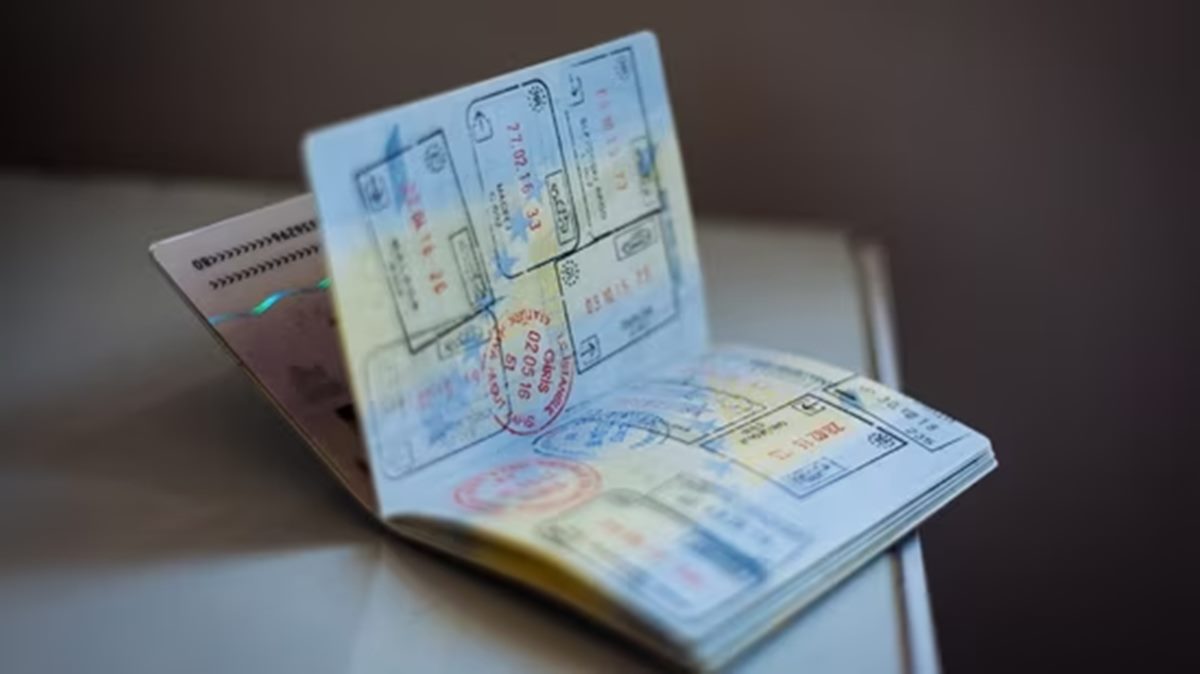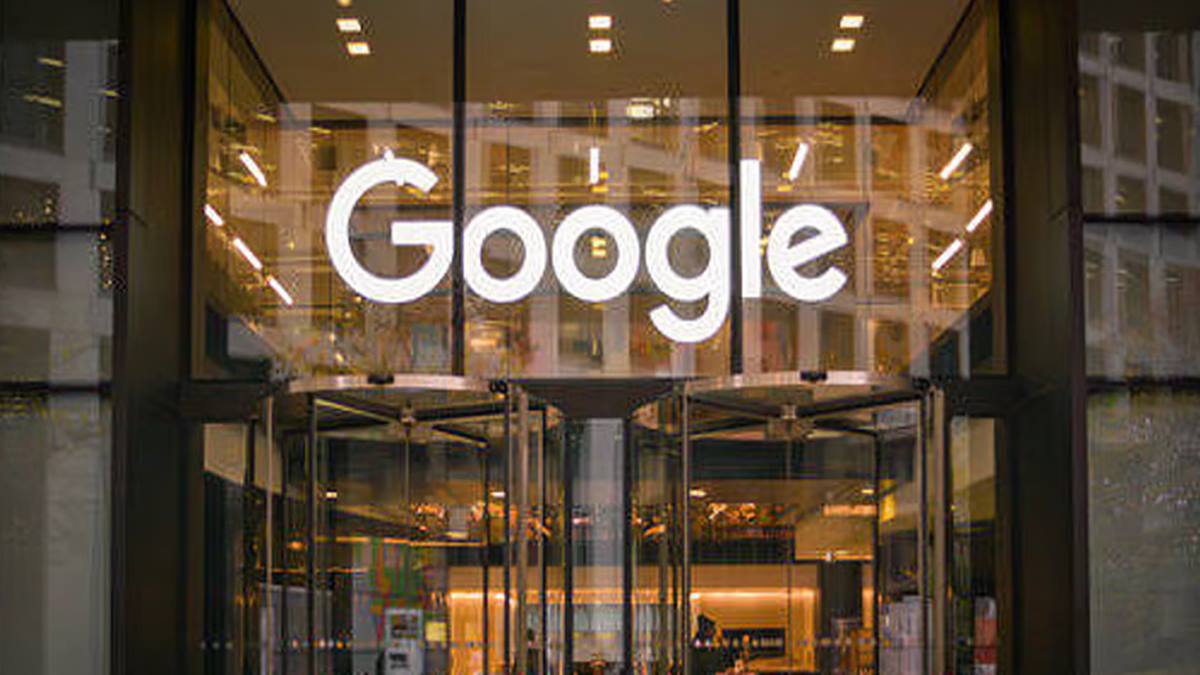It’s RIP for journalists (🥲), and many other professions, according to Microsoft Research.
In a new paper recently published by Microsoft’s research division, a team of data scientists revealed a variety of professions most likely to be impacted by AI based on a variety of factors. The team studied the United States job market specifically, although it stands to reason that, without some form of global regulation, these predictions could apply to virtually any developed or developing nation right now.
The study determines how “applicable” AI is to certain job roles, which in theory could be used to enhance productivity therein, but in practice, will most likely be used to justify reducing team sizes — outsourcing human work to AI models. Microsoft itself is thought to have laid off over 15,000 people this year due to the “application” of AI, and prioritizing its growth over other parts of the business. So far, there’s no evidence that AI has led to job creation.
Microsoft is at the absolute forefront of artificial intelligence, with its Azure data centers contributing processing power to models like ChatGPT, DALL-E, and Grok. Its Copilot chatbot is baked into Windows, and its business-grade solutions in Microsoft 365 aim to help users save time by offloading more menial tasks.
Increasingly, though, it seems that both current and future AI models will be able to not only offload those menial tasks but also replace entire professions. AI at scale could lead to a variety of unknown consequences that governments and society at large seem ill-prepared for — but perhaps there are opportunities around the corner, too?
In any case, here’s the list of 40 jobs most likely impacted by AI, and the 40 least likely, according to Microsoft Research.
| # | Job Title | Score | Employment |
|---|---|---|---|
| 1 | Interpreters and Translators | 0.49 | 51,560 |
| 2 | Historians | 0.48 | 3,040 |
| 3 | Passenger Attendants | 0.47 | 20,190 |
| 4 | Sales Representatives of Services | 0.46 | 1,142,020 |
| 5 | Writers and Authors | 0.45 | 49,450 |
| 6 | Customer Service Representatives | 0.44 | 2,858,710 |
| 7 | CNC Tool Programmers | 0.44 | 28,030 |
| 8 | Telephone Operators | 0.42 | 4,600 |
| 9 | Ticket Agents and Travel Clerks | 0.41 | 119,270 |
| 10 | Broadcast Announcers and Radio DJs | 0.41 | 25,070 |
| 11 | Brokerage Clerks | 0.41 | 48,060 |
| 12 | Farm and Home Management Educators | 0.41 | 8,110 |
| 13 | Telemarketers | 0.40 | 81,580 |
| 14 | Concierges | 0.40 | 41,020 |
| 15 | Political Scientists | 0.39 | 5,580 |
| 16 | News Analysts, Reporters, Journalists | 0.39 | 45,020 |
| 17 | Mathematicians | 0.39 | 2,220 |
| 18 | Technical Writers | 0.38 | 47,970 |
| 19 | Proofreaders and Copy Markers | 0.38 | 5,490 |
| 20 | Hosts and Hostesses | 0.37 | 425,020 |
| 21 | Editors | 0.37 | 95,700 |
| 22 | Business Teachers, Postsecondary | 0.37 | 82,980 |
| 23 | Public Relations Specialists | 0.36 | 275,550 |
| 24 | Demonstrators and Product Promoters | 0.36 | 50,790 |
| 25 | Advertising Sales Agents | 0.36 | 108,100 |
| 26 | New Accounts Clerks | 0.36 | 41,180 |
| 27 | Statistical Assistants | 0.36 | 7,200 |
| 28 | Counter and Rental Clerks | 0.36 | 390,300 |
| 29 | Data Scientists | 0.36 | 192,710 |
| 30 | Personal Financial Advisors | 0.35 | 272,190 |
| 31 | Archivists | 0.35 | 7,150 |
| 32 | Economics Teachers, Postsecondary | 0.35 | 12,210 |
| 33 | Web Developers | 0.35 | 85,350 |
| 34 | Management Analysts | 0.35 | 838,140 |
| 35 | Geographers | 0.35 | 1,460 |
| 36 | Models | 0.35 | 3,090 |
| 37 | Market Research Analysts | 0.35 | 846,370 |
| 38 | Public Safety Telecommunicators | 0.35 | 97,820 |
| 39 | Switchboard Operators | 0.35 | 43,830 |
| 40 | Library Science Teachers, Postsecondary | 0.34 | 4,220 |
A lot of the jobs in the top 40 “most at risk” revolve entirely around what LLMs like ChatGPT seem to be able to do best. It’s all largely impersonal, easily digitizable work that can be reproduced easily by AI. I ranked the table by the score, from most at risk to least at risk, according to the research paper.



















